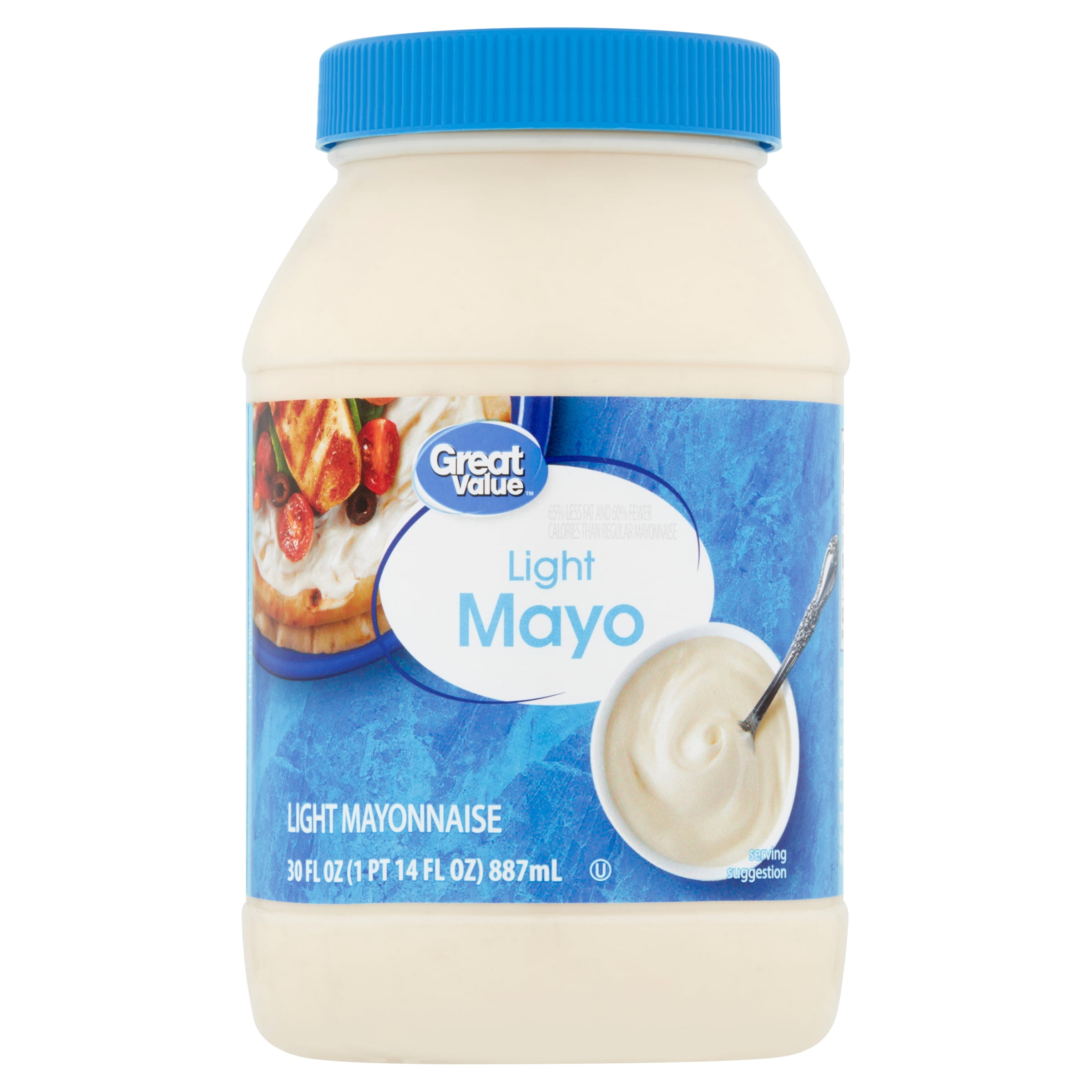The Ultimate Guide to Quinoa: How to Tell If It's Gone Bad
Quinoa, known for its remarkable nutritional profile and versatility in various dishes, has gained immense popularity as a staple superfood. As a gluten-free grain rich in protein and fiber, quinoa serves as an excellent choice for health-conscious individuals and families alike. However, understanding how to store quinoa properly and recognize signs that it has gone bad is essential for maximizing its benefits and ensuring safe consumption. In this ultimate guide, we will explore everything you need to know about quinoa—from its shelf life to practical storage tips and indicators of spoilage.
With quinoa being a pantry essential, knowing its longevity can help you avoid food wastage. We will detail how long quinoa lasts, how to tell if it has spoiled, and the best methods for preserving its freshness. By the end of this article, you will have a comprehensive understanding of quinoa safety and how to enjoy this amazing grain to its fullest potential.
Let's jump into the world of quinoa and discover how to keep it healthy!

Understanding Quinoa Shelf Life and Expiration
Understanding quinoa's shelf life is vital if you want to incorporate this nutritious grain into your meals without compromising food safety. Quinoa is typically categorized as a shelf-stable grain, able to last for years if stored correctly. However, like any food product, it does have an expiration date, which varies based on whether it’s raw or cooked.
How Long Does Quinoa Last?
Uncooked quinoa can last for 2 to 3 years if stored in a cool, dry place, away from sunlight and moisture. However, cooked quinoa has a much shorter lifespan, typically lasting about 3 to 7 days in the refrigerator. To extend its shelf life, consider freezing cooked quinoa, which can last up to 10 months.
Does Dried Quinoa Expire?
Though quinoa doesn't technically expire like perishable foods, it can lose its nutritional value over time. The quality and tasting profile may also decline, making it essential to check for quinoa freshness regularly. Checking the “best before” dates on packaging can help you discern its usability.
Factors Influencing Quinoa Longevity
Several factors influence how long quinoa maintains its quality. The packaging plays a significant role—vacuum-sealed packaging can extend the shelf life, whereas bulk bins may allow moisture and contaminants to affect the grains. Additionally, factors like temperature and humidity in your storage area can also noticeably impact quinoa's longevity.

Proper Quinoa Storage Tips
Storing quinoa properly is fundamental to maintaining its freshness and preventing spoilage. Here are some effective storage techniques to ensure your quinoa stays in optimal condition.
Best Way to Store Quinoa
To keep uncooked quinoa fresh, use air-tight containers made from glass or plastic. Store these containers in a cool, dark place and ensure they are sealed properly to prevent moisture ingress. Ideally, maintain a storage temperature of around 60°F (15°C).
Storing Cooked Quinoa
After cooking quinoa, allow it to cool completely before transferring it into air-tight containers for refrigeration. A good practice is to label these containers with the date so you can keep track of freshness. You can also freeze portions of cooked quinoa in labeled freezer bags for longer preservation.
Using Quinoa Storage Containers
Choosing quality storage containers can significantly affect the lifespan of your quinoa. Opt for containers specifically designed for dry grains, which prevent pests and moisture. Consider glass jars with silicone seals for their ability to keep air out, thereby prolonging the quinoa's integrity.
Signs Quinoa Has Gone Bad
Recognizing the signs of spoilage in quinoa is essential to avoid potential health risks, especially food poisoning. Let's examine the indicators that suggest your quinoa is no longer good to eat.
Common Signs of Rancid Quinoa
While dry quinoa typically has a neutral aroma, rancid quinoa will often emit a sour or unusual smell. This change in odor is a red flag that indicates the presence of spoilage. Additionally, examine the grains; if you notice discoloration or bugs, it is best to discard the batch.
Moisture in Quinoa
Moisture is a significant factor that can compromise quinoa. If you find that quinoa has clumped together or feels damp, it’s likely affected by moisture, which can result in spoilage or mold growth. In such cases, it's safer to discard the product.
Discoloration and Texture Changes
Another sign of bad quinoa is discoloration. Fresh quinoa should appear off-white or slightly beige; however, if the grains take on a brown or black hue, it may indicate spoilage. A change in texture, such as excessive stickiness or softness, can also signify that your quinoa has gone bad.
Health Risks of Consuming Bad Quinoa
Eating spoiled quinoa can lead to health issues, including foodborne illnesses. Knowing the potential health risks associated with consuming rancid quinoa helps emphasize its importance in food safety.
Food Poisoning from Quinoa
Consuming bad quinoa can lead to symptoms typically associated with food poisoning such as nausea, vomiting, and diarrhea. These symptoms may vary based on individual health conditions, but it’s essential to avoid any chance of contamination.
Quinoa Contamination Signs
If the quinoa has a strange smell, shows signs of mold, or appears off-color, these may be signs of contamination. It’s vital to adhere to hygiene practices when using quinoa to mitigate any risks associated with spoiled grains.
Safe Consumption of Quinoa
To minimize health risks, inspect quinoa closely before use. Also, consider safe cooking practices as following proper cooking guidelines can retain quinoa's nutritional benefits and ensure safety.
Quinoa Usage After Expiration
While quinoa can sometimes be consumable after its "best before" date, it is important to assess its quality first. Let’s discuss how to utilize quinoa cautiously even after its shelf life is approaching.
Using Expired Quinoa Safely
If you find expired quinoa, conduct a thorough inspection. If it shows no signs of spoilage and the texture and smell are intact, cooking it thoroughly may be an option. However, exercise caution and use your judgment if there's any dysfunction.
Cooking Tips for Ensuring Quinoa Safety
When cooking quinoa that has passed its expiration date, make sure to bring it to a boil for an adequate time, as this helps eliminate harmful bacteria. Always pour water in the correct ratio (usually 2:1 for quinoa) to maintain its texture.
Health-Conscious Choices with Quinoa
When it comes to using quinoa in your meals, opting for fresh, quality grains is the best approach. Incorporating quinoa into various dishes such as salads, bowls, and meal prep options can yield nutritious and delicious results.
Conclusion
Quinoa is an extraordinary superfood that can enhance your diet, providing remarkable health benefits. Proper storage, recognizing spoilage, and understanding shelf life are crucial knowledge components for anyone who enjoys quinoa. By following the guidelines outlined in this guide, you'll be equipped to safely enjoy this nutritious grain while ensuring its best use in your meals.
For more tips on cooking and incorporating quinoa into your diet, explore our other articles on healthy grain options and meal planning with quinoa.
